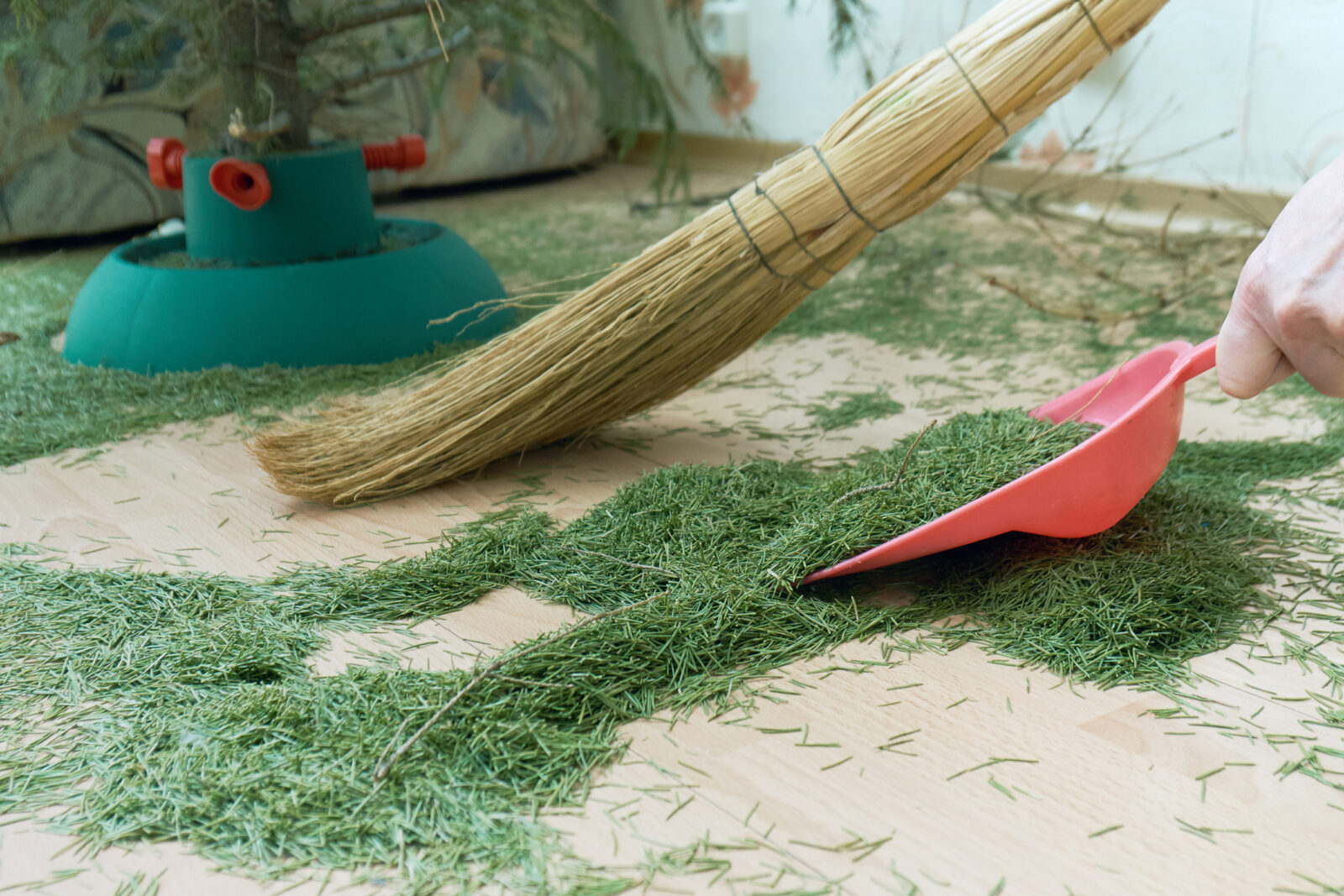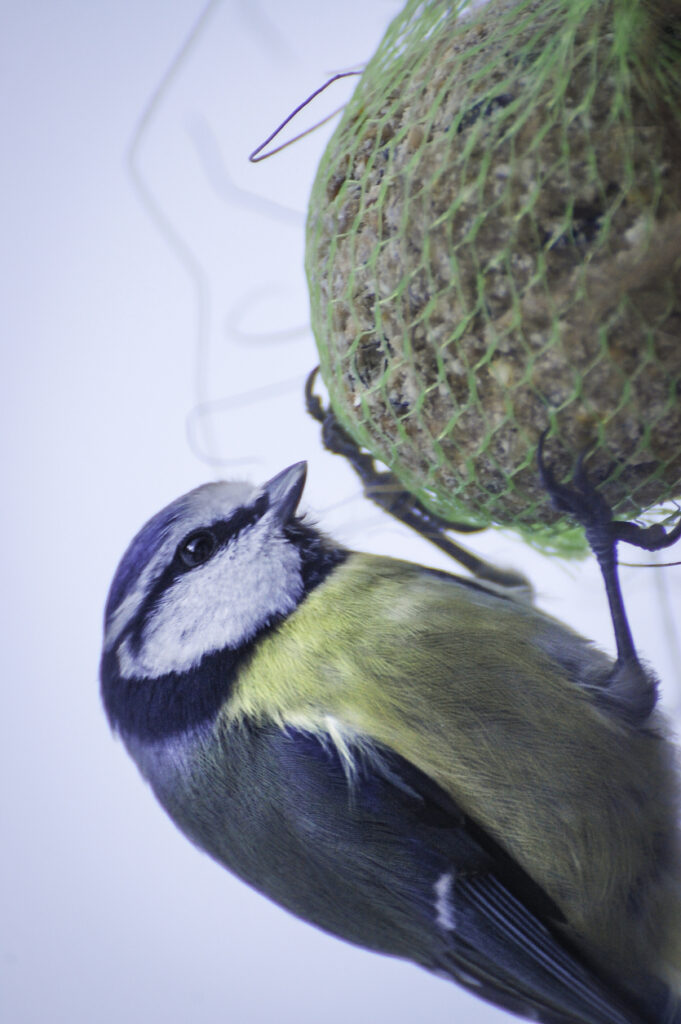Simple Tricks to Recycle Your Christmas Tree
 December 28, 2021
December 28, 2021When the holidays are over and you’ve finally had it with the pine needles, don’t just toss that tree out with the trash. There are plenty of eco-friendly solutions to help you recycle your Christmas tree instead: You could take the holiday spirit outside by decorating the tree with edible treats for birds and wildlife; make coasters and trivets out of the trunk; or turn it into garden-enriching compost. Read on for tips and tricks!
Curbside Composting
Residents of Bethlehem, Allentown and many other local municipalities can set their tree out for curbside pickup on certain dates — after ensuring all ornaments, tinsel, stands and hooks have been removed — and they’ll be taken to a compost facility. Contact your local municipality for details.
Some municipalities also allow drop-offs at their compost centers. Bethlehem’s compost center is at 1480 Schoenersville Road. Allentown’s is at 1401 Oxford Drive. Again, check with your municipality for details.
Backyard Solutions
If you can’t recycle your Christmas tree that way, or want a different option, read on.
Here are a few tips from The National Wildlife Federation:
- Create a brush pile with your tree as the base
A brush pile often consists of leaves, logs, and twigs so an old Christmas tree can make a great base. This is the easiest thing you can do with your tree if you have a yard. It directly benefits the wildlife in your backyard during winter months because brush piles and dead trees offer food and needed protection from the chill. We have suggestions for how to make a brush pile and we understand that not all communities allow for them.
- Use it in the garden
There are a number of ways you can use your recycled Christmas tree to enrich your soil by composting it or using the pine needles and boughs to cover your garden bed. Chop the trunk and branches and break your tree down, this will allow you to add some nice insulation to your garden.

3. Decorate for the birds
If you love to watch birds or want a fun project, you can decorate your tree with edible ornaments or popcorn strings so that you feed wildlife like birds and squirrels. This is an enjoyable activity to do with kids or the young at heart and can help wildlife at a time when food is scarce. Most of the following recipes call for peanut butter, fresh fruit (like grapes, berries, or apples), suet and bird seed:
4. Donate your tree to a local restoration project
There are all sorts of great local projects that take in Christmas trees and use them for restoration projects. The National Wildlife Federation has considered using Christmas trees to help prevent wetland loss in Louisiana. Other projects have helped provide fish habitat, restore dunes, and even provide electricity or mulch for cities. If your county does have a tree disposal program, do a little digging to make sure you like where your tree ends up! You can also check out these additional ideas on how to recycle your tree.
Ideas for Handy Hands
Popular Mechanics has a number of tips, including these:
- Use your bandsaw or hacksaw to cut your Christmas tree trunk into coasters and trivets. Make sure you sand down the surfaces and stain and seal them before using to prevent sap from leaking.
- If you’ve got a lake or pond on your property, consider dumping your tree into it. That old pine or spruce provides a natural and decomposing habitat for fish and will attract algae for them to eat. Some game and fishery departments will offer a drop-off service for trees that they will then use in community lakes and ponds. Just remember to remove all ornaments, hooks, and decorations before dropping it off.
And This Old House has a few gems, too, including:
- Cut the trunk into 2-inch discs and set them into the soil to edge flower beds or walkways.
- Strip small branches and use the remaining twigs to support indoor potted plants or stake leggy seedlings.